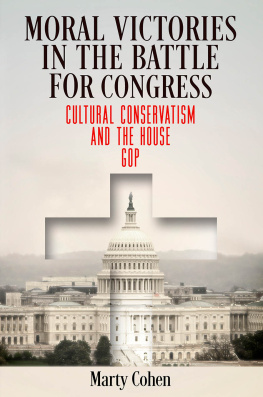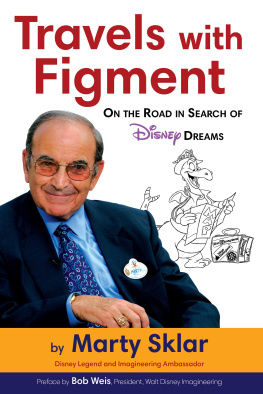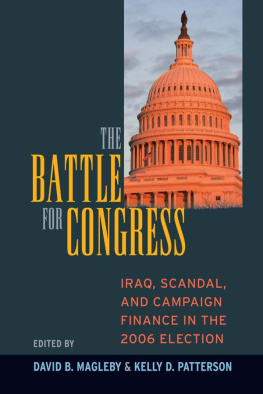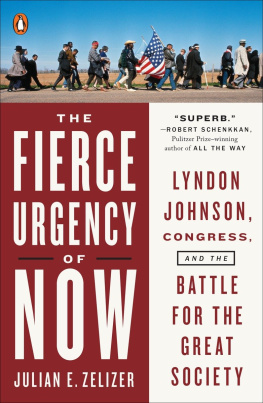Moral Victories
in the Battle for Congress
AMERICAN GOVERNANCE: POLITICS, POLICY, AND PUBLIC LAW
Series Editors
Richard Valelly, Pamela Brandwein, Marie Gottschalk, Christopher Howard
A complete list of books in the series is available from the publisher.
Moral Victories
in the Battle for Congress
Cultural Conservatism and the House GOP
Marty Cohen
Copyright 2019 University of Pennsylvania Press
All rights reserved. Except for brief quotations used for purposes of review or scholarly citation, none of this book may be reproduced in any form by any means without written permission from the publisher.
Published by
University of Pennsylvania Press
Philadelphia, Pennsylvania 19104-4112
www.upenn.edu/pennpress
Printed in the United States of America
on acid-free paper
10 9 8 7 6 5 4 3 2 1
Library of Congress Cataloging-in-Publication Data
Library of Congress Cataloging-in-Publication Data
Names: Cohen, Marty, author.
Title: Moral victories in the battle for Congress : cultural conservatism and the House GOP / Marty Cohen. Other titles: American governance.
Description: 1st edition. | Philadelphia : University of Pennsylvania Press, [2019] | Series: American governance : Politics, policy, and public law | Includes bibliographical references and index.
Identifiers: LCCN 2018054069| ISBN 978-0-8122-5123-4 (hardcover : alk. paper)
Subjects: LCSH: Republican Party (U.S. : 1854 )History21st century. | United States. Congress. HouseLeadershipHistory21st century. | ConservatismUnited StatesHistory21st century. | Christianity and politicsUnited StatesHistory21st century. | United StatesPolitics and government21st century.
Classification: LCC JK2356 .C63 2019 | DDC 328.73/0769dc23
LC record available at https://lccn.loc.gov/2018054069
To Melissa, a constant source of love and strength
Contents
In the fall of 1994, my first job after graduating from Penn State University was as the College Democrats state coordinator in charge of mobilizing students on behalf of the entire Democratic ticket in Pennsylvania. It was my first campaign job, and maybe because of the beating we took, it was my last campaign job. Two years later, I enrolled in the PhD program at the University of California, Los Angeles. Academia would be in my future and campaigns in my past. But I still could not get over the bitter defeat of 1994. It was the so-called Republican Revolution, and I became determined to learn more about how the GOP assumed control of both houses of Congress for the first time in forty years. I wanted to know that it was not entirely my fault. At the same time, I was searching for a field paper topic. I grew up in a solidly liberal Jewish home and was most interested in understanding why Jewish Americans tended to be liberal Democrats. After speaking with the great professor David Sears, I was dissuaded from studying this topic when he alerted me to the paucity of data on Jewish political attitudes at that time. I took Davids advice and left his office thinking, Why not then go to the other end of the spectrum and investigate why evangelical Christians tended to be conservative Republicans? Thus began my long, strange trip toward the publication of this book. It began as an examination of the role evangelicals played in helping the Republican Party win the Congress in that watershed year of 1994, but it gradually morphed into a more general examination of how religiously conservative activists helped reshape the Republican U.S. House delegation.
I hope that this book contributes to the literature on parties, polarization, congressional elections, and religion in politics. My goal is to help explain the transformation of the Republican House delegation from a fiscally conservative one spread evenly throughout the country to a more morally traditional, Southern-based one that expanded to majority status and reshaped the American political landscape. To do this, I felt it was necessary to focus on the grassroots efforts of religious conservative activists and their efforts to materially transform the Republican Party from the ground up. I believed it was important to combine a statistical analysis of the voting behavior of U.S. House voters with case studies designed to flesh out the phenomena I was seeking to chronicle. I humbly hope that this methodological combination has enabled me to construct a convincing argument that not only informs but entertains the readers of this work.
Thanks to some incredibly satisfying coauthored work on presidential nominations and the inevitable intrusions of life, it took a long time getting here. Without the thoughtful guidance and enthusiastic support of Peter Agree and Rick Valelly at the University of Pennsylvania Press, this book simply would not be in print. They were a pleasure to work with throughout the process, and I would like to thank them at the outset. I am afraid I will not be able to mention everyone else who helped along the way, but you know who you are and know that I am grateful for your assistance and support. Indeed, there are many people in both my professional and personal life that are responsible for this project finally coming to fruition. At the top of the professional list is my adviser, mentor, and friend John Zaller. They say ones success in graduate school can be directly related to the quality of ones adviser. If that is the case, then I woefully underperformed. John was really the perfect adviser, providing me with countless helpful suggestions and much encouragement. During meeting after meeting while at UCLA and through many informal advising sessions after I left, I gained so much from our discussions of my project. I am grateful for our professional relationship and our friendship as well. I also owe a debt of gratitude to David Karol for his advice and encouragement. David most crucially helped guide me through the fairly intimidating process of getting my project out there in the publishing world. My other coauthors over the yearsKathleen Bawn, Marty Gilens, Seth Masket, Hans Noel, and Lynn Vavreckall taught me a great deal about how to conduct solid, readable political science research. In addition, Larry Bartels made an important methodological contribution at a crucial point in the manuscripts development. I also would like to thank Chris Blake, who has been department chair throughout most of my tenure here at James Madison University. Chris has been and continues to be a source of support both personally and professionally that I truly appreciate. And my new colleague Mark Richardson provided some last-minute assistance with the empirical work presented in this book. Outside of academia, I have had to look no further than my immediate family for the support necessary to work so hard on a project such as this one. My mom, dad, and sister, Anita, Jay, and Rachel, have been so encouraging throughout the twenty-plus years this work has been a part of my life. And finally, my wife, Melissa, to whom this book is dedicated, and my two wonderful children, Millie and Miles: the three Ms are so central to my well-being and happiness that they make everything better. I thank them and love them so much for that.
A Moral Victory
Nine-term congressman Dan Glickman was on top of the legislative world in August 1994. He had represented the Fourth Congressional District of Kansas since defeating the Republican incumbent in 1976 and had just shepherded the bill of his career through the U.S. Congress. Kansass Fourth District was home to a thriving aviation industry. Boeing and Cessna had large plants there and were the major employers in the area. However, the industry was struggling in the 1980s and early 1990s partly owing to stringent liability laws. Airplane manufacturers could be sued if someone took one of their small planes out and got injured or killed. This could happen regardless of how old the plane was or how many times ownership had changed hands. This exposure had a chilling effect on the building of airplanes, and Dan Glickmans district was feeling the brunt of this downturn. After years of failed attempts, Glickman finally got legislation passed that limited this liability. The industry was thrilled and immediately planned to hire between 1,500 and 2,000 workers to build more single-engine piston planes (Webb 1994, 1A).













